Overview
Kodak Professional Ektar 100 is a color film known for its fine grain and high saturation. It’s particularly suitable for landscapes and nature, though it’s not often recommended for portraits due to its warm color balance. Our first color film on this blog, it’s Kodak’s premium 100 speed option and comes in around $15 a roll. Other interesting Kodak 100 speed alternatives include ProImage 100 (the lower end option), Aerocolor IV (which must be purchased respooled from third parties unless you want to deal in bulk), and Ektachrome (slide film).
Andrew’s Thoughts
Camera: Canon AE-1 (Canon new FD 28mm f2.8 lens)
Development: Full Circle Fine Art
Scanning: Plustek 8200i SE, Silverfast 9
Kodak Ektar 100 and fall colors go hand in hand, though I ended up shooting my roll just after peak foliage. I’ve shot or scanned most of Kodak’s color negative films at this point, and Ektar is one of the best in terms of image quality. Excellent saturation, colors, and grain. While this might make photos look closer to digital, it also makes for fantastic prints. Unlike Eric, I’m mainly interested in shooting high-end color film for printing (read about my first foray into this next week), which is how I’m framing most of my review. If I’m digitizing images, I’m going to be doing some form of editing, and subtle differences between films aren’t going to make a huge difference. That being said, for practical purposes, I’m writing the review based on digital scans of my roll as well as my impressions of Ektar prints I’ve seen in person.
Most of my shots didn’t include people, so I couldn’t fully explore how skin tones appeared. My initial impression is that the issue isn’t as bad as you might read about in other reviews. Skin tones are definitely redder than normal, but it could be an acceptable look if you’re into the warmer style. While I’m not sure I’d reach for Ektar for a portrait shoot, I’d take in on a sunny vacation trip and not be afraid to take pictures of my friends.
The 100 speed is slow, especially if erring on the side of overexposure, so it struggled when the clouds rolled in or the sun started to get low. I’d only load Ektar if I knew I would have favorable conditions for most of the roll. The upside is the grain is extremely fine and almost imperceptible in many cases. Unlike black and white film, I generally find grain on color films to be an unwelcome distraction.
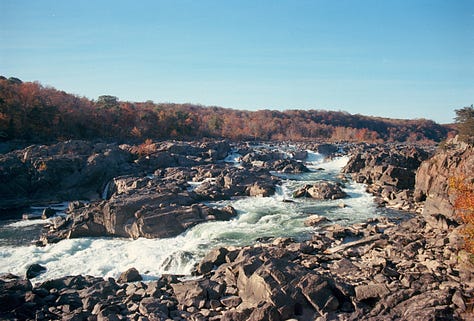
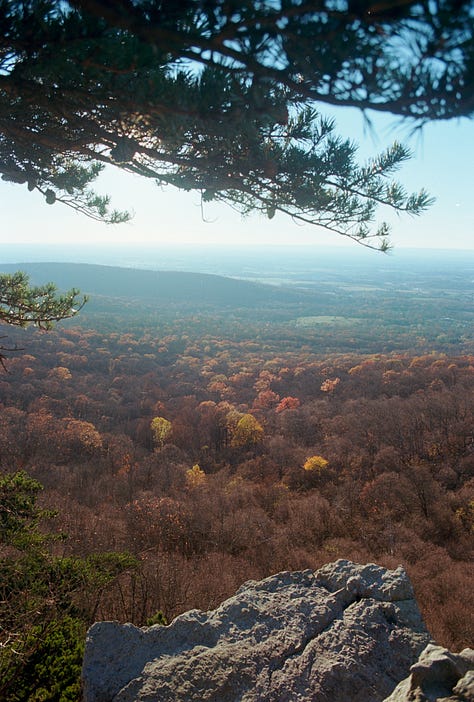
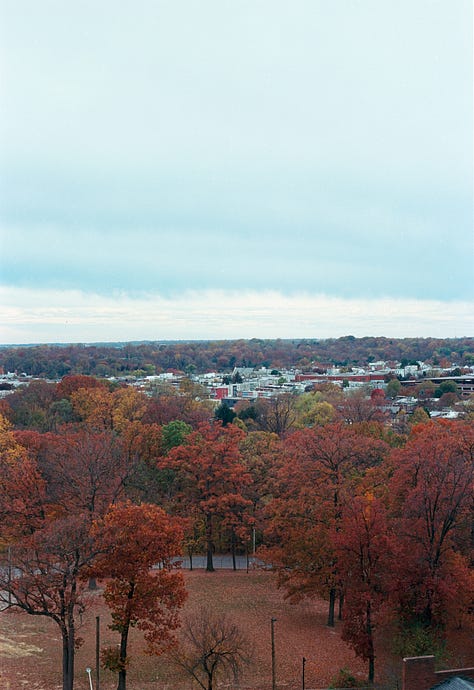
Being a higher end Kodak film means Ektar comes with a higher end $15 price tag. This is almost double the cost of Kodak Gold 200, which also has good saturation and is slightly faster, but might not be as fine grained or have as much latitude. If I wanted a color film to carry around every day, it’d probably be Gold based on price and speed. However, given that I only occasionally shoot color film, I wouldn’t mind paying a few more dollars for the extra performance of Ektar if the situation called for it.
Eric’s Thoughts
Cameras: Canonet QL17 G-III
Metering: EI200 (developed at box speed)
Development: Pro Photo Connection
Scanning: Noritsu (lab scanned)
All photos posted as scanned, no crops, edits, etc.
The colors of Ektar really hit the mark. With color film, I’m looking for a subtle, retro film color look that doesn’t scream “12 year old with a disposable camera”, and I think Ektar’s saturation does that. I guess growing up on print magazines famously shot on slide film and family photos shot on Kodak Gold probably means that my memory sees the saturated slide look as very “pro” and the less saturated, slightly overexposed look as “home photo.”
Ektar grain is very subtle. It can look somewhat digital and, to be honest, unlike in black and white photos, I just don’t notice it. For me, the look of color film really is in the nostalgic colors rather then the grain. That being said, the grain is pleasant when looking for it.
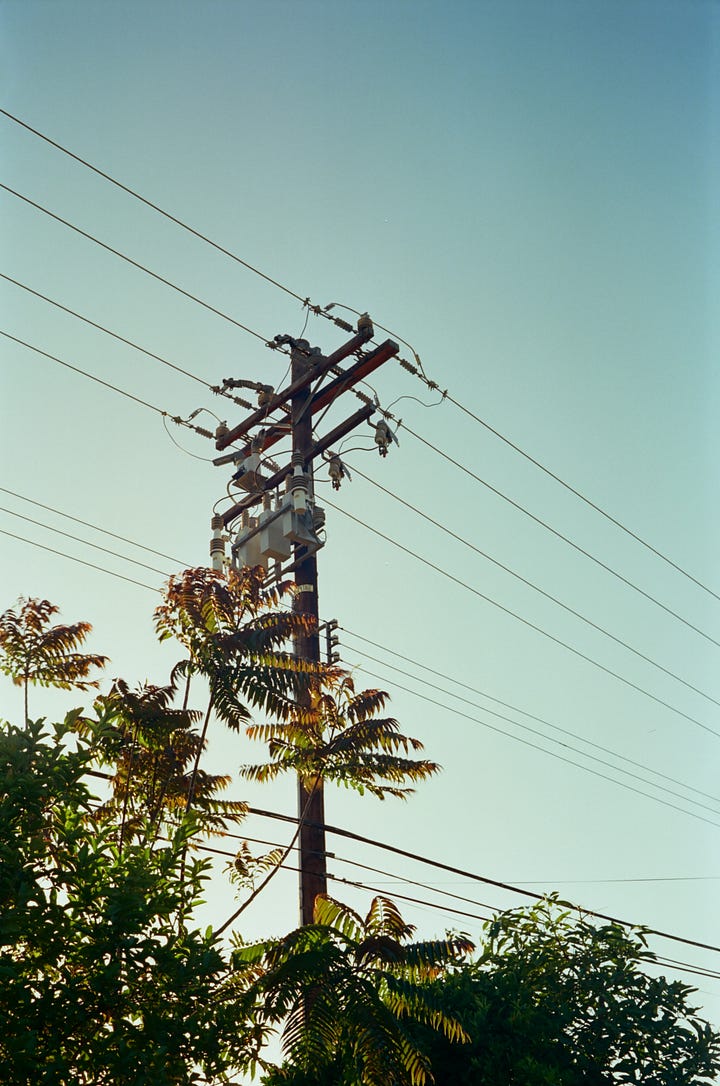
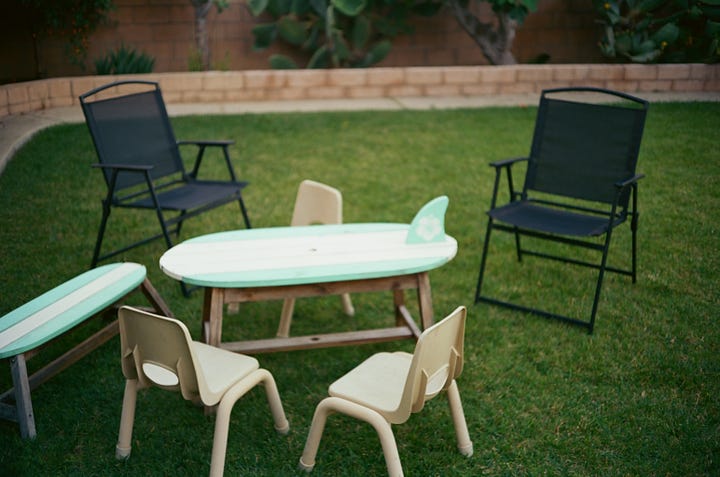
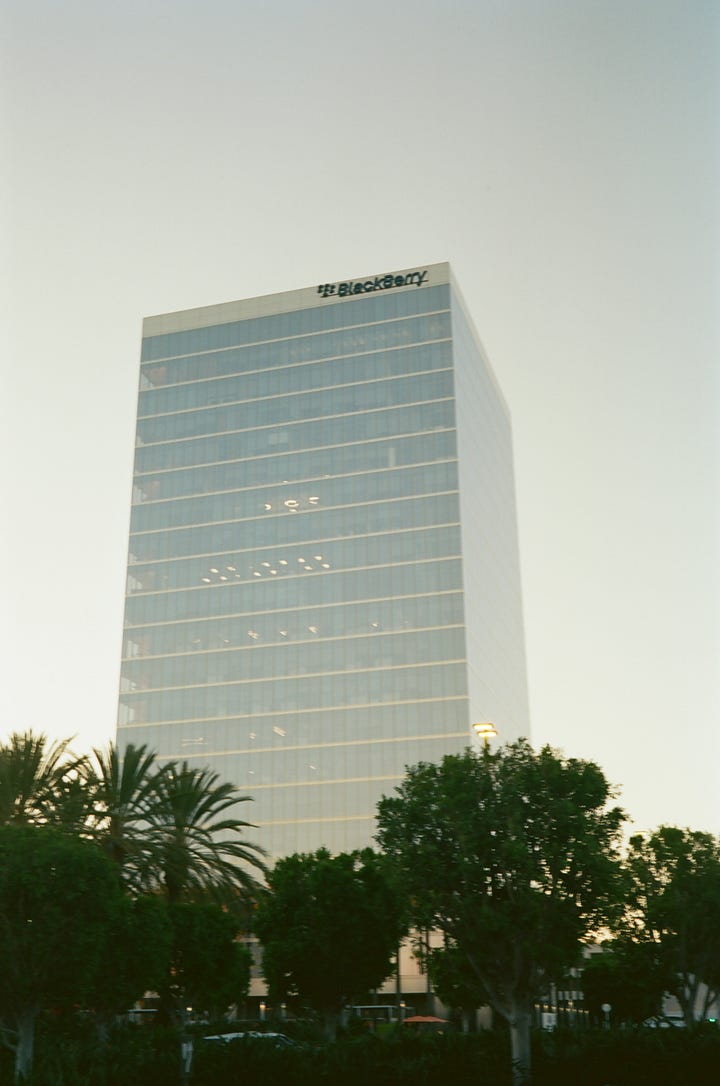
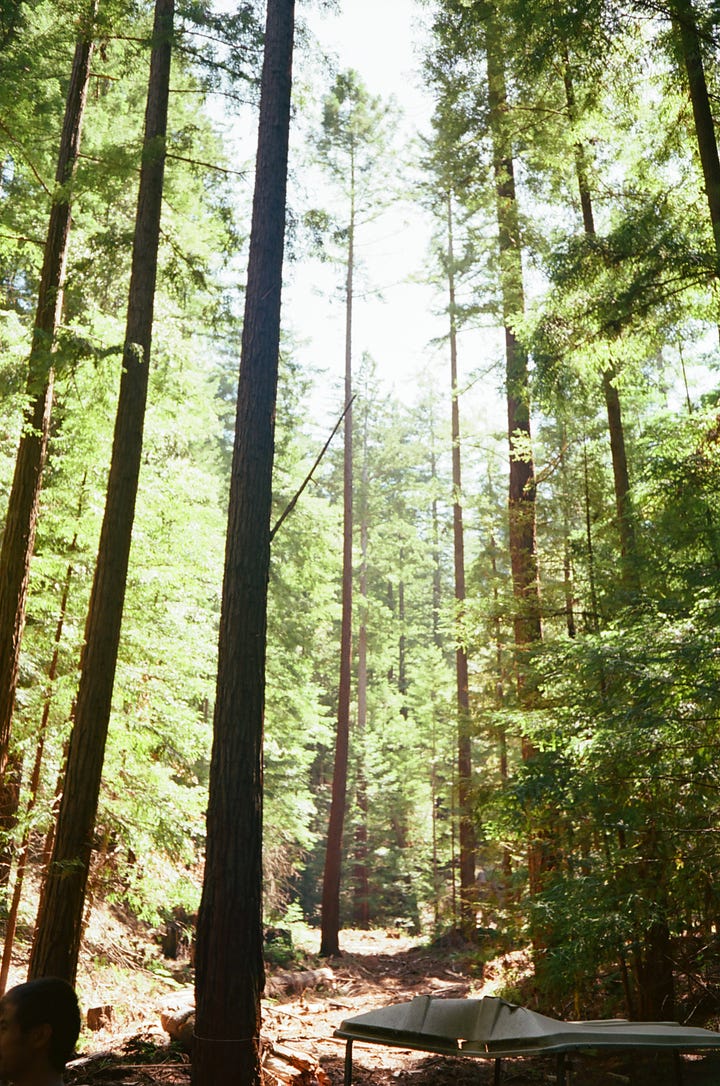
Unfortunately, 100 is a bit too slow for me; even 400 is close to borderline for a lot of the work I like. To me, this is definitely a landscape film, but my personal landscape work tends towards cityscapes and nighttime, where I prefer a bit more speed. That being said, in the right situation, it’s amazing. I do want to try some long exposure on this film though—nighttime cities lend themselves well to that, so if Ektar can avoid reciprocity failure, it might be something I shoot more frequently.
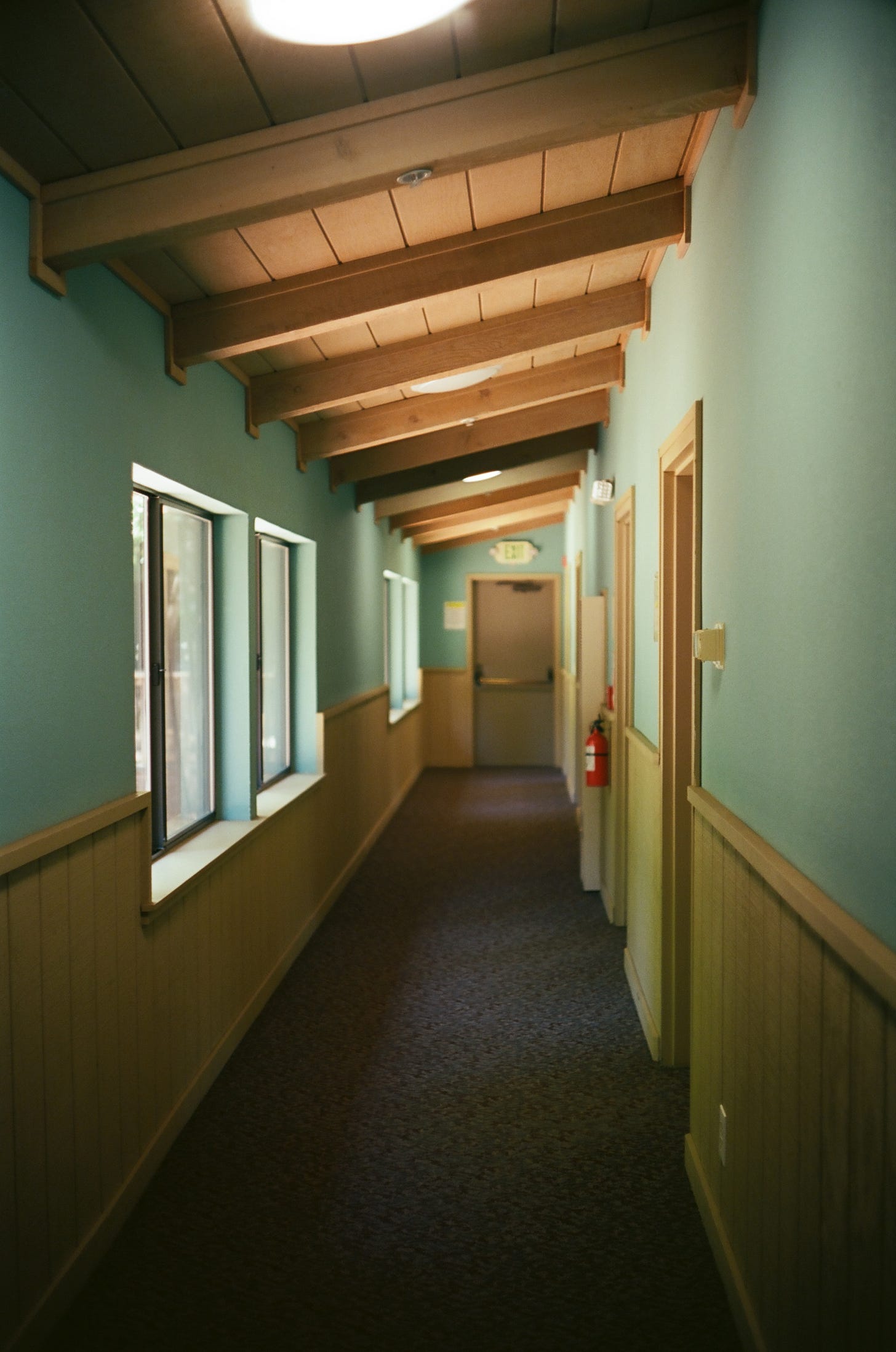
I love the look of Ektar, but it falls victim to a weird confluence of factors. I don’t really print my photos. 100 ISO is just too slow for daily use, so it falls into the world of occasional/specialty films for me. 100 ISO also means it slots in against E-6 slide films. My biggest use for 100 ISO color is landscapes, where the latitude advantage of Ektar isn’t as important.
I have the luxury of living near (and thus fast turnarounds) to one of the largest darkrooms in the country, and my local lab charges 2.75USD more for a roll of E-6. With the price of Ektar vs Ektachrome, I’m paying a 30% premium for shooting slide. I (tentatively, we’ll see how my first roll turns out in a week or so) like slide film, and for how infrequently I shoot color 100 ISO, I might as well splurge. If I didn’t have access to such great processing prices, or I shot a lot more color, I’d probably be shooting Ektar as my default 100 ISO color film.






